The legends of Bhanbhore: Archaeologists trace trade links to Iran
In 2014, archaeologists found three human skeletons and artefacts during an excavation
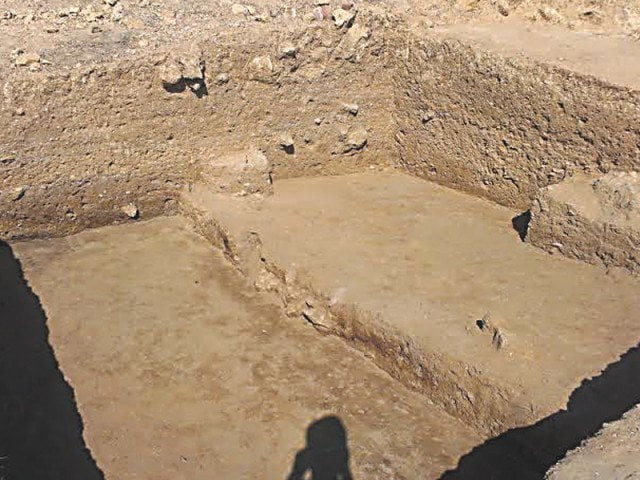
In 2014, archaeologists found three human skeletons and artefacts during an excavation. PHOTO COURTESY: CURATOR
The ancient city of Bhanbhore was brought to life on Monday evening as archaeologists disclosed that the city was not politically associated with any state but was a trade centre, which linked regional states.
"The numerous ivory and bone items found there show that it was a rich trading centre," said Dr Kaleemullah Lashari, the coordinator of the Bhanbhore excavation mission. "The city, it seems, was famous in the region for exporting finished goods. It was also a very peaceful city."
Dr Lashari was one of the speakers at a session held at the National Museum on the preliminary results of the Bhanbhore excavation mission, which was carried out by Pakistani, Italian and French archaeologists.
In January 2014, archaeologists found three human skeletons and artefacts, such as coins, beads, pieces of pottery and bangles, during an excavation in Bhanbhore believed to be from anywhere between the seventh to the 13th century.
After the excavation was completed last year, the archaeologists said that the site was partially damaged possibly by a natural disaster. "We found coins, pottery and pieces of metal during the excavations," said Dr Asma Ibrahim, the director of the State Bank of Pakistan's museum and art gallery. Dr Ibrahim is also a member of the excavation mission.
"The history of this particular town dates back to the fifth century," said Dr Lashari. "It will take some time to find out the complete history of Bhanbhore. We don't have any written history as yet, just folklore." He added that the city was not politically associated with any state.
According to Dr Lashari, one of their targets was to identify the port town as Bhanbhore, Deybul or Rawar — to verify assumptions, previous excavations and its trade links.
He said that recent excavations revealed that goods from the harbour were exchanged between the Red Sea and western coast of Indian peninsula. He added that the honeycomb and pottery found from the site indicated that it also had close links with Iran.
Speaking to The Express Tribune, Dr Ibrahim said that the excavations carried out at this particular site were vertical, adding that horizontal excavation will disclose new things. "This is the tallest wall we have found so far," she said, referring to the 'Trench Nine' digging. "The archaeological structure of the wall is very unique."
Dr Ibrahim added that the coins they found were probably from the time of the Amir of Multan when the governors were in power and they were not allowed to issue gold coins. She claimed that the region was an important trade link from the first to the 12th century.
Commissioner Shoaib Ahmed Siddiqui said that heritage sites were important and had great international value. "We are also taking care of and maintaining the Chawkandi graveyard," he said.
Published in The Express Tribune, March 11th, 2015.

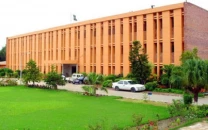
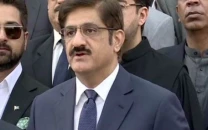

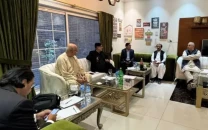

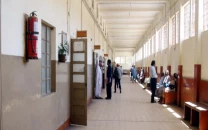












COMMENTS
Comments are moderated and generally will be posted if they are on-topic and not abusive.
For more information, please see our Comments FAQ